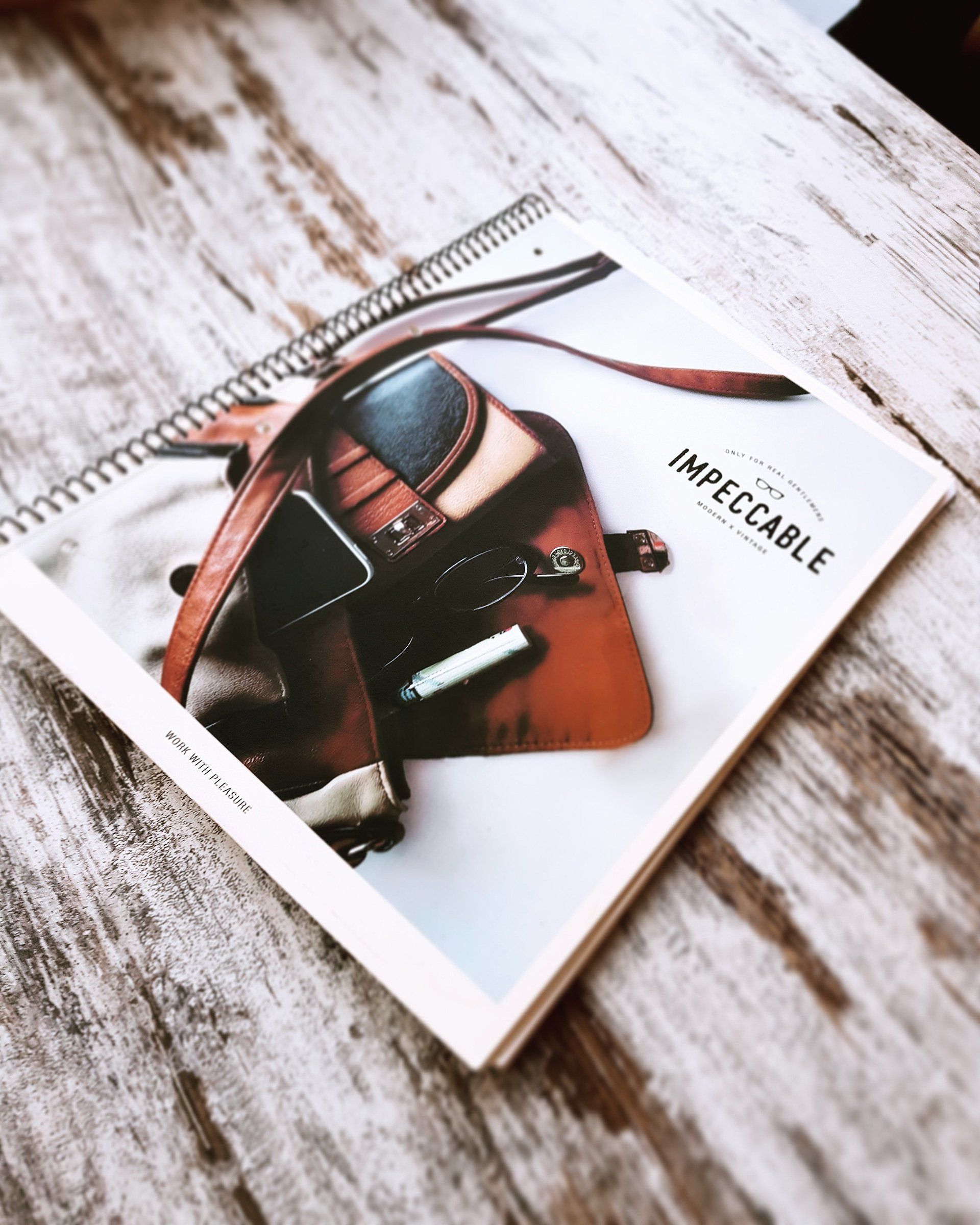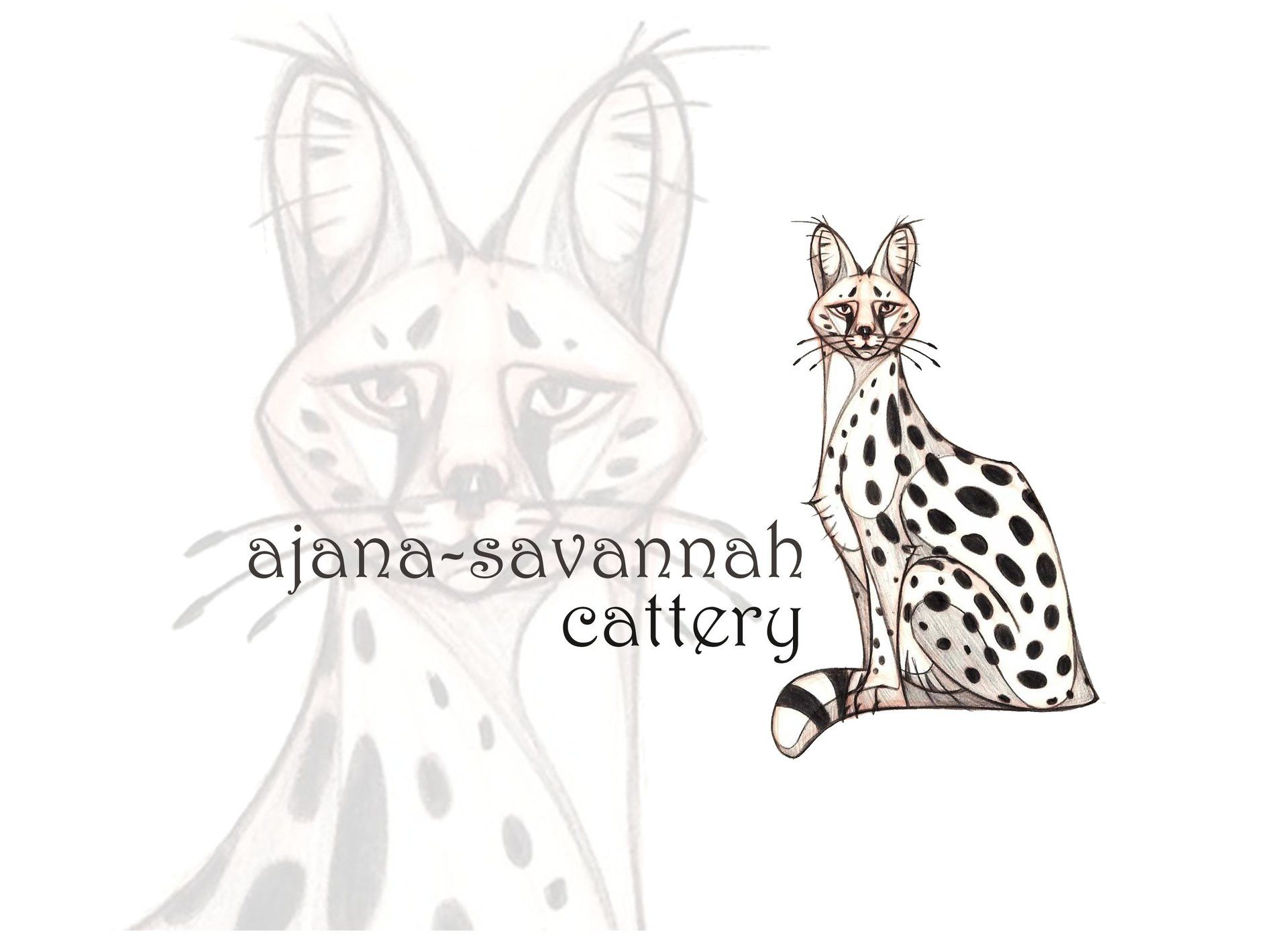Character & temperament of Savannah cats
Now the time has come, you have decided to get a Savannah cat and you will have a lot of fun and enjoy your new family member.
The Savannah is still a young breed that was created by crossing with the African Serval. As early as the 1980s, a Serval and a Siamese were accidentally mated before the regular breeding of Savannah cats began in 1994.
Savannahs are recognized as a breed by TICA and may be registered in the Savannah-SV breed section.
The Savannah cat is named after the habitat of the serval - the savannah of Africa.
This breed, which is still rare, was created by crossing different spotted pedigree cats with the Serval.
The different prices for the Savannah cats result from the generation, the registration, the quality, the coat pattern and whether it is a lover or a breeder.
Savannah tomcats are usually only fertile from the F5 generation!
The Savannah is a large, slender cat with long legs, a long neck, and a rather small, narrow head with large ears. The fur is mostly black with spots of beige, gold, silver or slightly gray base color, the belly should be lighter. Light prints on the back of the ears (ocelli) and dark tear lines reinforce the wild cat-like impression.
Savannah cats differ from domestic cats or other pedigree cats in a few essential ways.
These essential distinguishing features are all the more pronounced, the higher the proportion of wild blood.
Savannah cats are very intelligent, fetch, are not afraid of water, open doors, are very cuddly and affectionate.
An SBT is also descendant of a serval, but at least 4 generations separate them from him. SBT Savannahs are "purebred" Savannahs where both parents are guaranteed to be Savannah cats for at least the last 3 generations. In terms of size and appearance, an SBT Savannah can be compared to an F4 or F5 Savannah, but they are much more uniform in type. Personality and size are more predictable and temperament is also more predictable.
The biggest cats are the F1 Savannahs and the tomcats of the F2 generation. They reach about two and a half times the size of ordinary house cats. Savannah can reach a shoulder height of approx. 35cm - 45cm, with F1 & F2 males also more and have a weight of 6 to 12 kilos - occasionally even over 14 kilos.
F3 tomcats are often considerably larger than normal, large house cats. F3 males weighing up to 9 kilos and more are not uncommon, but the rule is 7 to 8 kilos.
F3 cats and all animals of later generations decrease in size, but retain their long legs, large ears and wild appearance. Savannahs are not fully grown until they are about 3 years old.
As hybrids of an endangered animal species, Savannah cats up to and including F4 are subject to the Species Protection Act, must be registered and in some federal states you need a holding permit!
Savannah cats are not afraid of water.
Savannah - Cats are known to be friendly, assertive, active, playful, and interested in dogs and children. In general, the breed is often compared to dogs due to their loyalty, often following their owner like a dog would within the home.
Savannah cats are very fond of greeting people with a headbutt, or unexpectedly pouncing on you to play. As with all animals, Savannahs also have different characters, so some are very social and friendly towards strangers, others get scared, hide or run away, but growling or hissing is also possible. This behavior towards strangers can only be influenced at the very beginning, during the socialization phase. A special ability of Savannah cats is their enormous jumping power, some specimens can jump up to 2.5 m high from a standing position. Furthermore, these animals are extremely inquisitive and they learn quickly. It usually doesn't take them long to learn how to open doors and drawers, even upright door handles will only stop these animals for a short time. This fact must be considered when purchasing a Savannah cat!
For F1 F2, special housing requirements must be met.
Fur and color development of kittens - the fuzzy - can be observed in wild cats. The little big cat babies become active at the age of about 4 - 6 weeks and leave their birthplace. So that they are better protected from predators and are not so easy to spot, their fur pattern loses contrast at this age. This is also the case with our Savannahs. The development of the fur goes through several stages, which can vary in severity depending on the animal. When the kittens are born, you can clearly see their markings, but the basic color is even darker. So from about the 4th-6th week of life the little ones come to fuzzy. This stage varies in length and can be more or less pronounced. From an age of about 5 - 8 months, the coat pattern is much nicer again, but is far from over. The lightening of the basic color can last up to the age of 1.5 years
Do not make the decision for an animal dependent on the purchase price. Take the animal that you are enthusiastic about and where rearing and keeping is optimal. Many bargains have ultimately become very expensive for the buyers.
So, under the name "Savannah mix cat", outcross are offered, which have little in common with the actual Savannah cat.
Reputable breeders will show you the parents and also a pedigree.Also, make sure the cat is a TICA-approved color, so a snow Savannah, for example, is usually a lot cheaper.
Savannah cats can be socialized with dogs and other types of cats and get along very well with each other.
- Savannah cats, like any animal that lives with humans, adapt their rhythm to that of humans.
- Savannah cats are not dangerous.
- Savannah cats grow larger and heavier than many domestic cat breeds and are more energetic.
- Savannah cats are not afraid of people.
- Savannah cats are suspicious and wary of strangers. If they have the opportunity to look at something strange from a safe position, their above-average curiosity will win out very quickly.
The prices of Savannah cats depend on the generation and the type-appropriate appearance.
The most expensive is the F1 generation, here the father is a Serval.
The further mating of the Savannah cats then usually takes place with an F5 tomcat, because all higher generations are not fertile.
So if you buy an F5 cat, make sure that the father is an F5 male and not F6 or F7 generation. And the mother is then an F4.
And let them show you the pedigrees of the parents, it wouldn't be good if there was an outcross a generation before for the typey appearance of the kittens.
The price of this cat breed is due to the fact that the breeding between a Serval and another Savannah cat is not unproblematic.
This only succeeds if both grow up together and the corresponding smell of the female is also perceived by the serval during the heat phase.
For the breeder, cost-intensive maintenance and breeding conditions have to be met
For orientation:
- F1 approx. € 8,000 ~ € 15,000
- F2 approx. € 4,500 ~ € 8,000
- F3 approx. € 3000 ~ € 5000
- F4 approx. € 1500– ~ € 3000,-
- F5 approx. € 950 ~ € 3000
- F6 SBT approx. € 950 ~ € 1200











